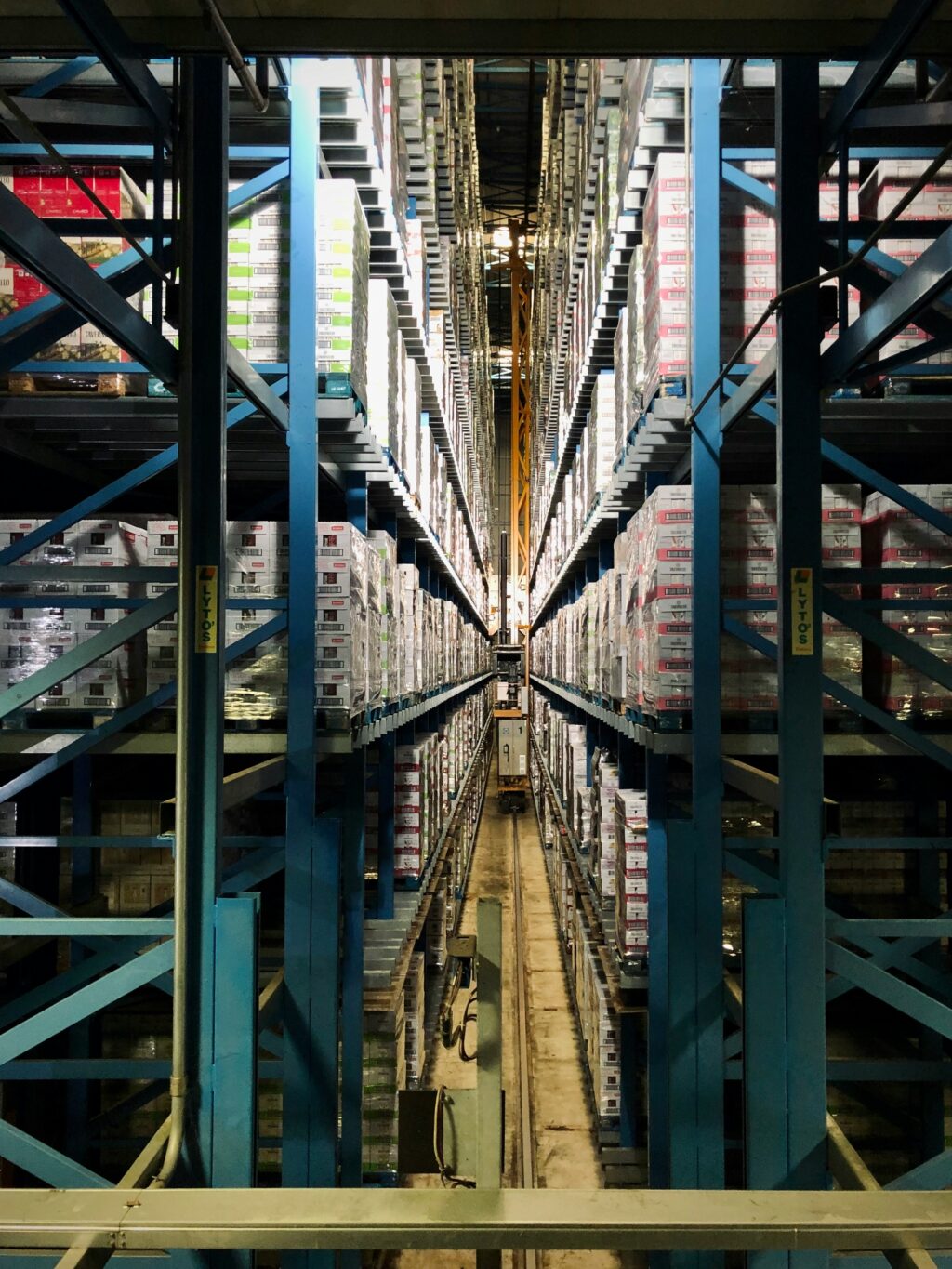
Learn how to set up AI for supply chain optimization, from integrating machine learning algorithms to automating inventory management. This guide provides a comprehensive step-by-step process to enhance your supply chain with AI.
How to Set Up AI for Supply Chain Optimization
AI-driven supply chain optimization offers businesses a competitive edge by enhancing efficiency, reducing costs, and improving decision-making. Implementing AI into your supply chain requires a structured approach as we discussed in our previous article at https://aibrainpowered.com/2024/09/13/the-role-of-ai-in-supply-chain-optimization-maximizing-efficiency-and-reducing-costs/
Below is a step-by-step guide to help you set up AI for your logistics and supply chain management.
Step 1: Assess Your Current Supply Chain Infrastructure
Before implementing AI, assess your current supply chain infrastructure. This includes identifying the pain points in your processes such as delayed deliveries, inventory management inefficiencies, or unpredictable demand.
Key Questions to Ask:
What aspects of your supply chain could benefit from automation?
Are there bottlenecks or delays in your current logistics processes?
How are you currently forecasting demand and managing inventory?
Additionally, a thorough analysis will guide the implementation of AI and ensure that it is aligned with your company’s goals.
Step 2: Choose the Right AI Platform for Supply Chain Optimization
Choosing the right AI platform is crucial to optimizing your supply chain. There are several AI solutions designed specifically for supply chain management.
These platforms offer features such as real-time analytics, automated demand forecasting, and route optimization.
Popular AI Supply Chain Platforms:
ClearMetal: Focuses on predictive analytics and inventory optimization.
Llamasoft: Offers AI-powered supply chain planning and decision-making tools.
Kinaxis: Provides end-to-end AI solutions for supply chain visibility and risk management.
Also, when selecting a platform, make sure it integrates well with your existing systems.
Step 3: Integrate AI for Inventory Management
AI can revolutionize your inventory management by automating stock levels and predicting future demand.
Machine learning algorithms analyze historical sales data, seasonal trends, and customer behavior to ensure you have the right amount of inventory at all times.
How to Set Up AI for Inventory Management:
Data Integration: Connect your AI platform with your inventory management system and import historical data.
Demand Forecasting: Set up machine learning models to predict demand based on various factors such as past sales, customer preferences, and market trends.
Automated Replenishment: Configure AI systems to automatically reorder stock when inventory levels are low, ensuring you never run out of essential products.
Step 4: Optimize Transportation and Logistics with AI
AI is excellent at optimizing transportation routes and logistics. By analyzing traffic patterns, weather conditions, and fuel prices, AI can suggest the most efficient routes for deliveries.
Steps to Set Up AI in Logistics:
1. Route Optimization: Use AI algorithms to analyze real-time traffic data and suggest optimal delivery routes.
2. Dynamic Scheduling: Implement AI systems that can adjust schedules based on changes in demand, supply delays, or unforeseen disruptions.
3. Real-Time Tracking: Set up AI systems to provide real-time visibility into shipments, allowing you to monitor the progress of deliveries and make adjustments if necessary.
Step 5: Automate Supply Chain Analytics
AI provides advanced analytics that can help you monitor and optimize your supply chain operations.
These analytics allow you to make data-driven decisions, identify inefficiencies, and predict future trends.
How to Implement AI-Driven Supply Chain Analytics:
Set Key Performance Indicators (KPIs): Identify the KPIs that matter most to your business, such as delivery time, cost per shipment, or inventory turnover.
Data Visualization Tools: Integrate AI systems that provide visual reports and dashboards so you can easily monitor performance metrics.
Real-Time Monitoring: Enable real-time tracking of supply chain activities to identify issues as they arise and take corrective action immediately.
Setting up AI for supply chain optimization can drastically improve the efficiency of your operations. By following these steps, you can integrate AI into your supply chain management to automate processes, reduce costs, and make more informed decisions. As AI continues to evolve, its role in supply chain management will only become more critical.
Also, here is the link to IBM’s AI in Supply Chain solutions https://www.ibm.com/supply-chain which offers in-depth insights on how AI is used to optimize supply chain management, enhance logistics, and improve operational efficiency


